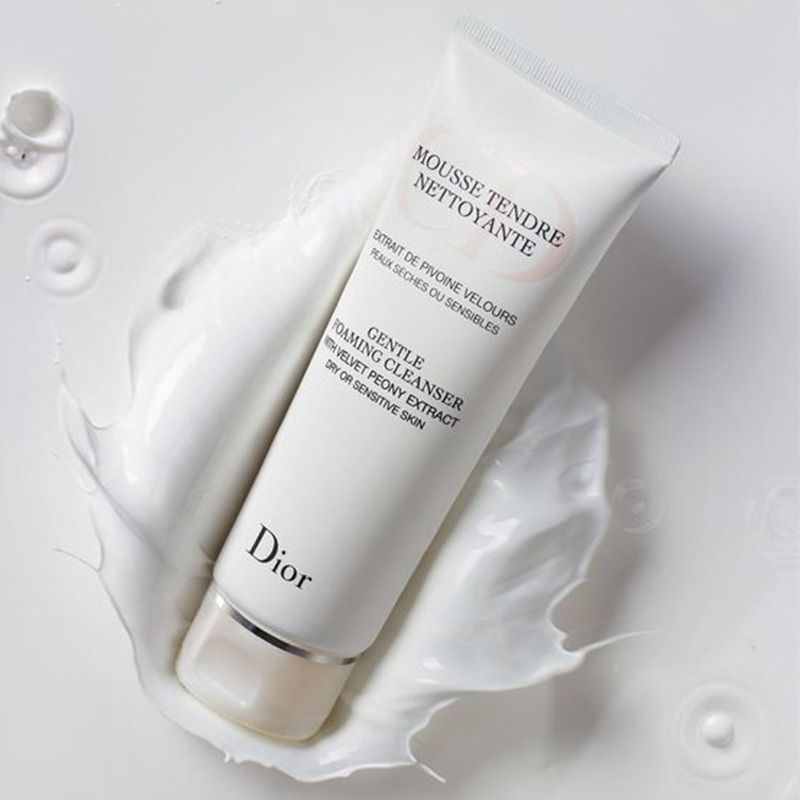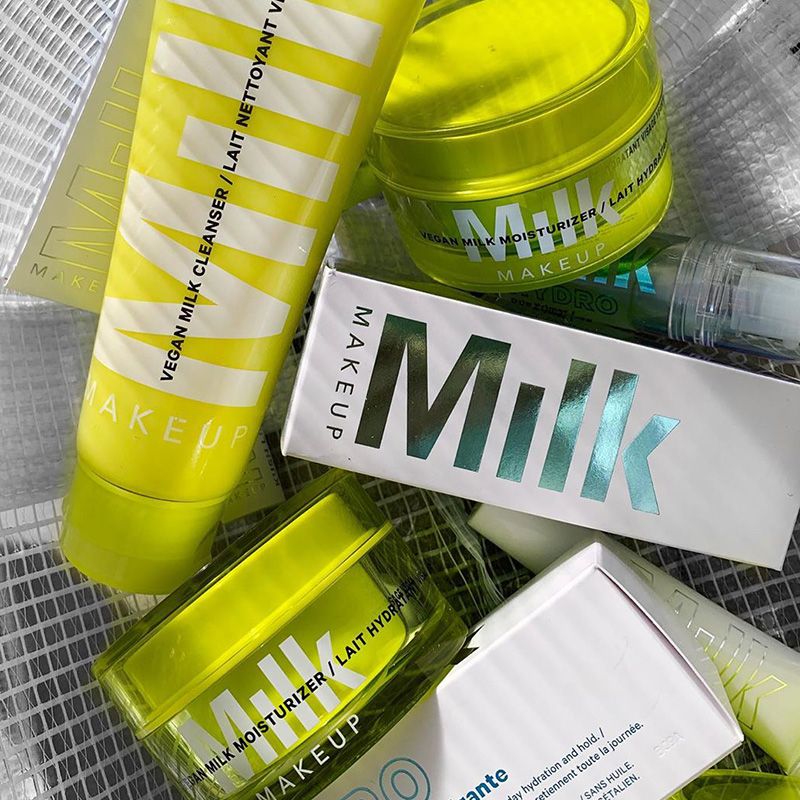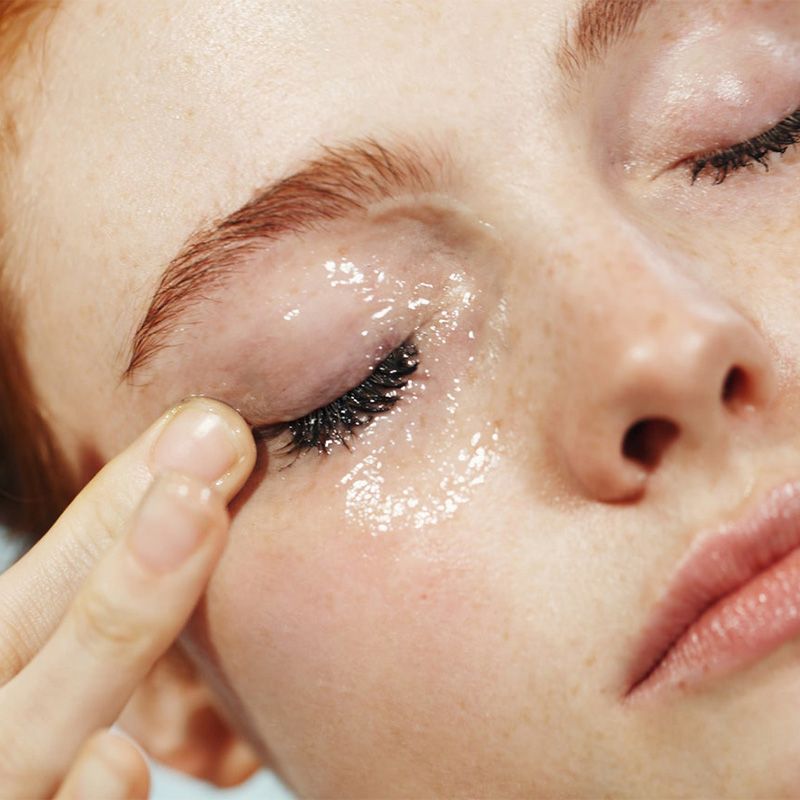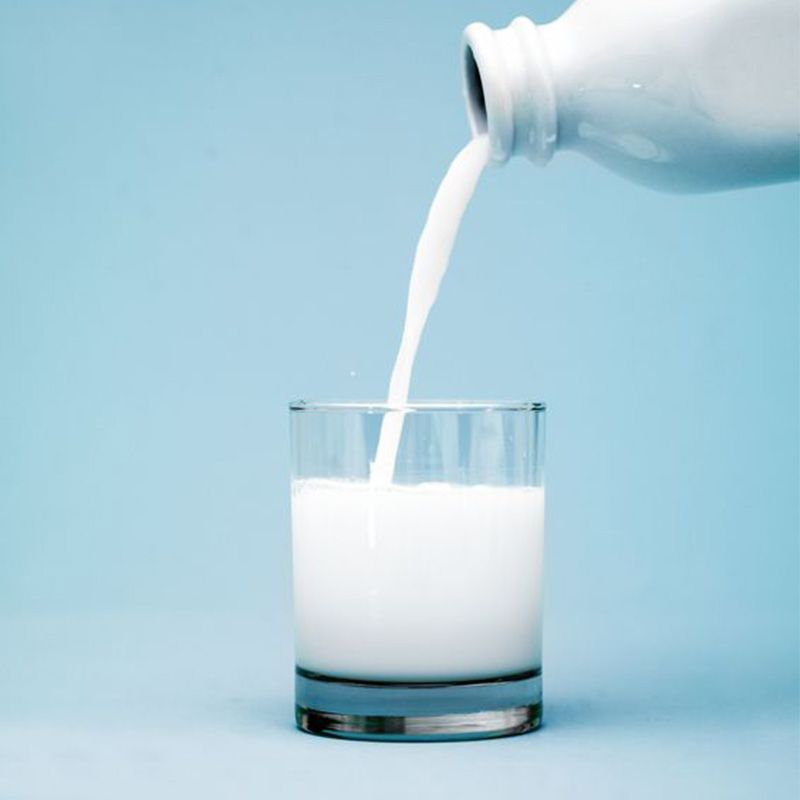
Milk-scented beauty routine Fresh, delicate and velvety ingredient, rich in nourishing elements
We are used to buying products like "cleansing milk" or "body milk" without dwelling too much on the main word, or rather on the ingredient in some cases: milk.
Precisely this food was very important at the beginning of the twentieth century to formulate the texture and consistency of the cosmetics we know today. Milk, in particular the casein contained in it, was used to thicken cosmetic compounds made with mixtures of aromatic oils, water and infusions
The first references to its use as a cosmetic treatment date back to Ancient Egypt and in particular two of the most famous queens in history were milk lovers. Nefertiti, using honey, milk and ostrich eggs to prepare her favorite face mask, Cleopatra loved to immerse herself in the precious donkey milk. This luxurious beauty ritual was also known in Ancient Greece and was handed down to the Middle Ages. And today it is used more than ever in cosmetics offered by brands in the beauty industry.
The beneficial effects of milk on the skin are very evident: it makes it softer, smoother and brighter, lightening spots and imperfections. In fact, milk contains many nutrients such as vitamins, proteins, minerals and AHA acids, the same contained in fruit, with a very delicate exfoliating action.
From the animal kingdom, in addition to the already mentioned donkey milk, there are also the more popular cow milk and goat milk, or the more exotic camel milk. Since the 1960s, however, cosmetic manufacturers have started to use more and more plant-based alternatives, responding to the growing demand from consumers who wanted a return to simple and natural products. The wide range of dairy-free alternatives to milk has changed our daily lives and our diet. Oat, rice, almond, soy or coconut milk, in addition to having an appearance and consistency similar to milk of animal origin, retain their beneficial properties for the skin.
Today on the market there are many creams, serums and lotions that use milk of animal or vegetable origin within their formulation, here are the favorite ones of nss G-Club.
It is fair to point out, however, that often the term "milk" is used to describe treatments that do not actually contain any trace of milk, but which take advantage of the name because they remember its consistency.
The success of milk in the food industry and today also in cosmetics is linked to its cultural heritage: it makes us think of our childhood and therefore of the age of youth and innocence. It is the first food we have ever tasted and for this reason it is synonymous with nourishment and health, as shown by advertising campaigns that have had enormous success over the years.
nss G-Club special tips:
Milk is used in many recipes for simple home-made DIY treatments:
-
Soy milk is perfect for calming pimples and rashes. Wet a cotton ball with soy milk and pat your face gently.
-
To remove make-up from your face, use coconut milk instead, applying it on a cotton pad. Rinse with warm water for a well-cleaned and hydrated skin.
-
Milk is also the best ingredient for our hair-care: it makes it soft and silky, helping to smooth it. To make a compress, just mix it with yogurt and honey, or yogurt and banana. If you have limited time, add a few drops of milk to the mask or shampoo you usually use.
-
If you want to try a true queen's experience and immerse yourself in donkey milk, know that it is not that difficult. You can buy it in farms or some supermarkets.






































































